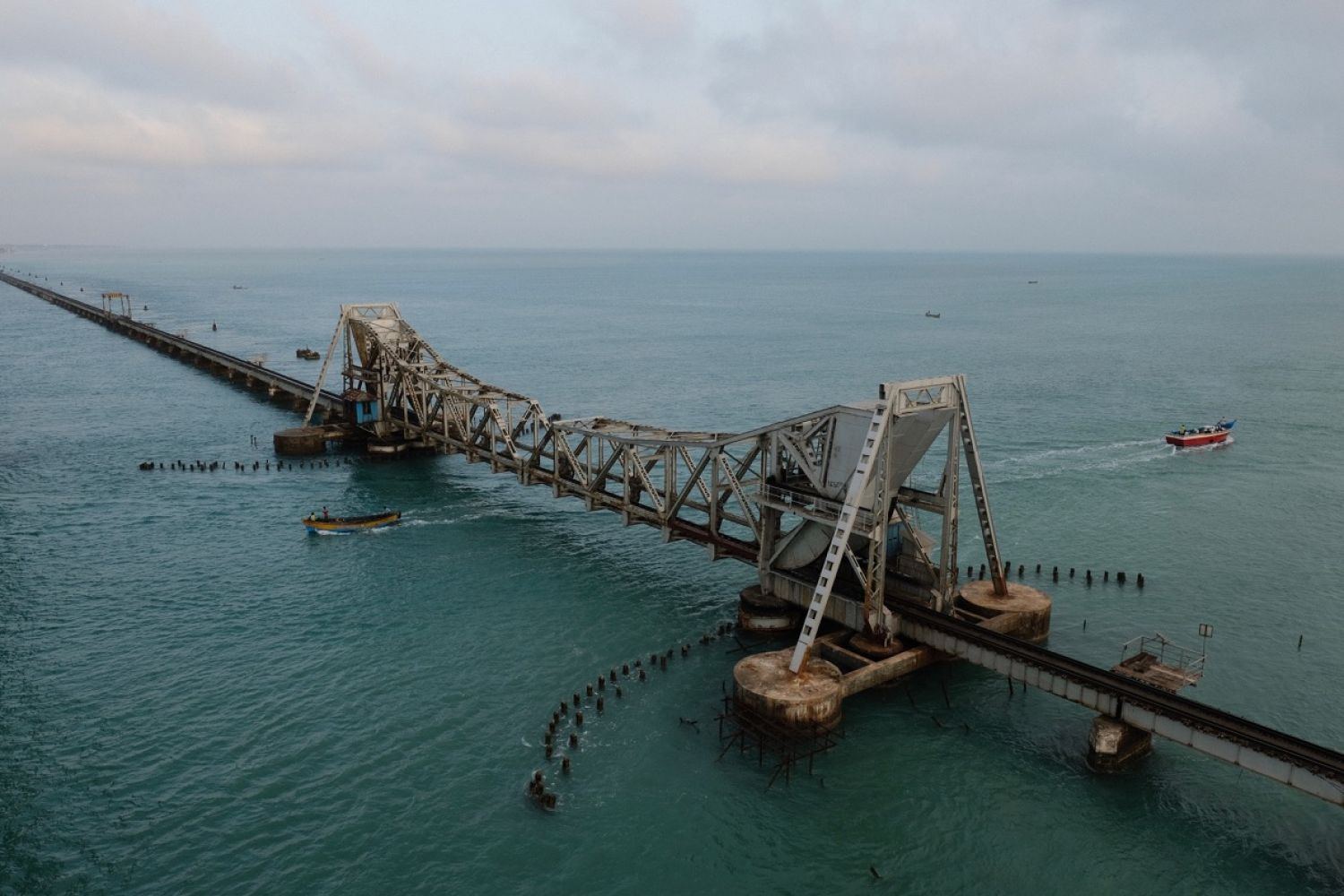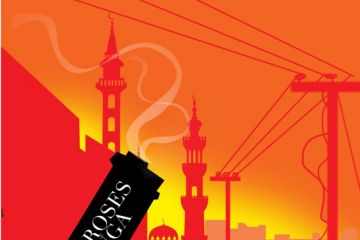
In November 2000, an exotic seaweed called Kappaphycus alvarezii, was introduced in shallow waters off the coast in southern Tamil Nadu’s Ramanathapuram district by researchers of a government lab. It was field testing for a proposal from PepsiCo India, about cultivating seaweeds rich in carrageenan—complex kinds of sugars—an ingredient used in virtually every industry from food to cosmetics and medicine. The trials were successful and fishing communities were enthusiastic to farm it as it





